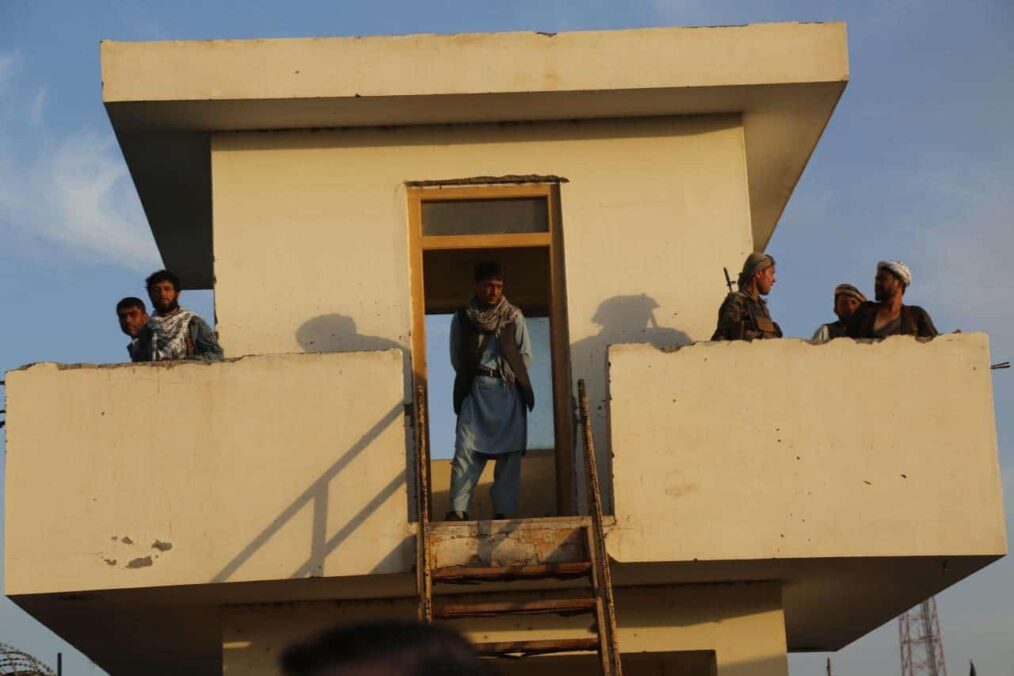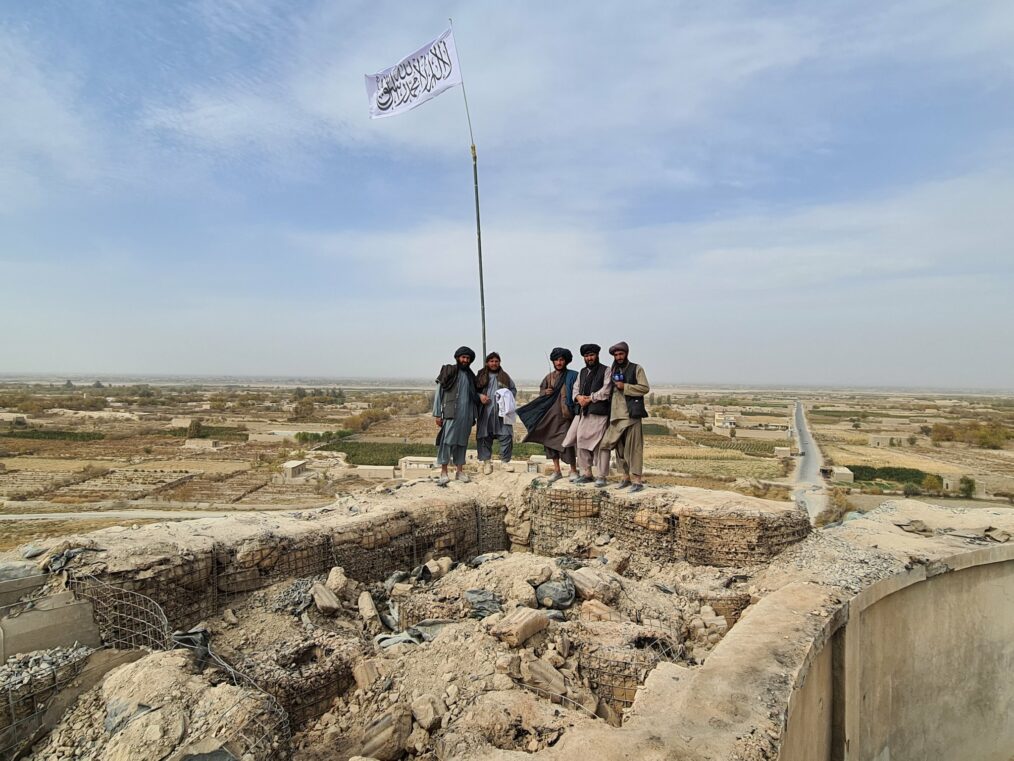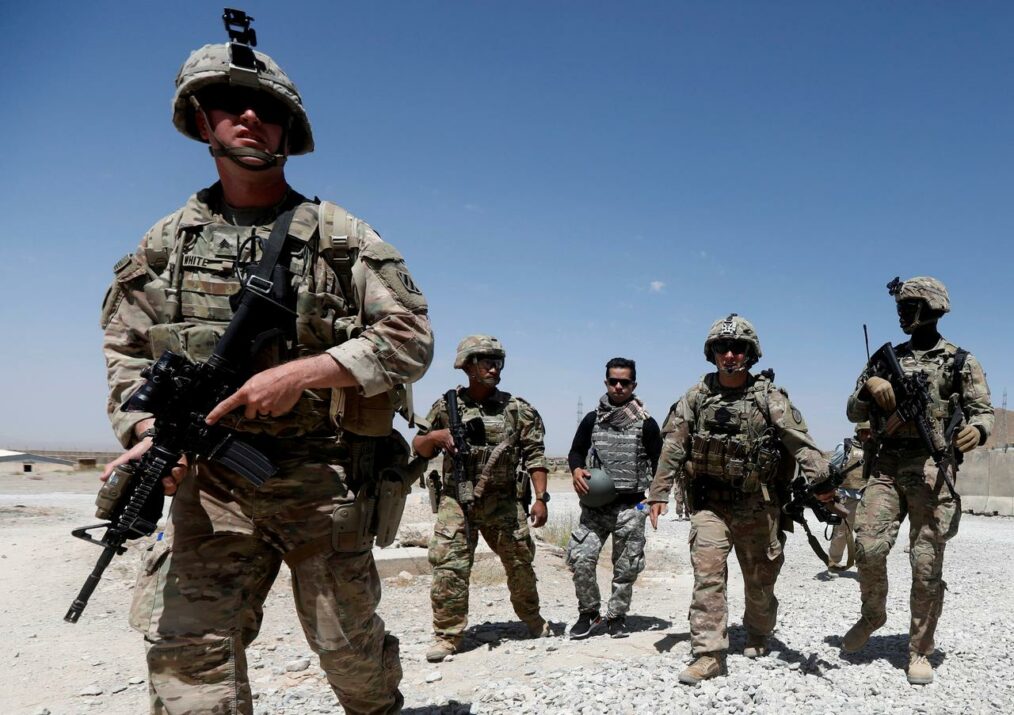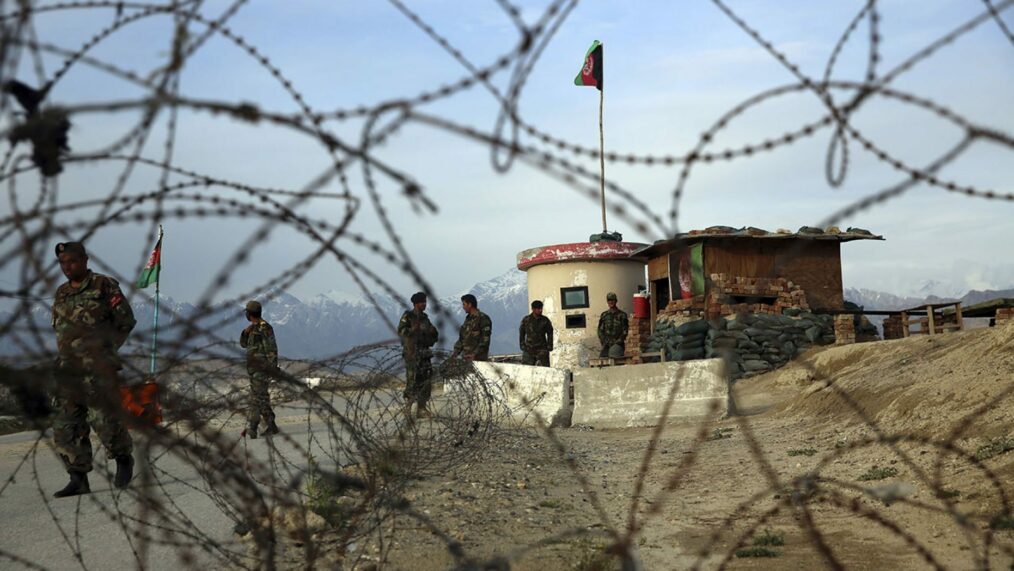On February 15, 1989, the last Soviet soldier left Afghanistan, signaling the end of a nearly decade of Soviet military intervention in Afghanistan and the beginning of a period of uncertainty.
As in 1989, the upcoming U.S withdrawal from Afghanistan on September 11, 2021, fosters much of the same uncertainty concerning the competence of the Afghan security forces and their ability to prevent the Ghani government from collapsing. According to U.S intelligence assessments, this may be as soon as six months after U.S withdrawal. Like their predecessors, the Afghan security forces and their foreign supporters will experience similar challenges.
In the aftermath of the Soviet force withdrawal, the Afghan security forces continued to be fully dependent on the USSR. The USSR continued supporting the security forces with advisors, ammunition, fuel, and funds. Furthermore, with the main raison d’être that unified all Mujahideen factions together, the Soviet presence in Afghanistan disappeared. Soviet agents managed to leverage those tensions and reach agreements with different factions to support the security forces.
Whilst security forces were successful in holding off Mujahedeen for three years, the dependence of the Najibullah government on Soviet support eventually led to its demise. Consequently, the government collapsed shortly after Soviet support ceased. This demonstrated the failure of the USSR to develop an Afghan security force that could sustain a peaceful and functioning Afghanistan. In part, failure is a product of the USSR and the Afghan government’s inability to develop a functioning Afghan state.
The security structures implemented by the Soviets in Afghanistan raised public distrust, which were frequently prone to corruption and bureaucracy. Consequently, many structures established by the Soviets collapsed shortly after their withdrawal. Others, such as the interior ministry structure, survived, however, they became components of militias, receiving orders from strongmen.
KhAD, the government’s intelligence agency, was the most successful and effective of the security forces. Consequently, the government was heavily dependent upon KhAD for regime survival. Nevertheless, even KhAD couldn’t prevent the government’s collapse.
One might question, whether the security structures implemented by the Soviets were appropriate for the mission they were designed to accomplish. As effectiveness is not merely a measure of the number of arms or quality of forces but rather of mission compatibility, some believe the answer is probably not.
Currently, the Afghan National Defense and Security Forces (ANDSF) are supported by international funds and substantial U.S. support. However, the ANDSF is undermined by lack of capacity, corruption, factorization, high casualty levels, poor intelligence, lack of willingness to launch offensive actions, and more. Consequently, the government heavily relies upon the Afghan Special Security Forces, its most competent force. The central government’s control of the country continues to erode as the Taliban captures more territories and local warlords assemble militias to confront the Taliban.
The U.S. has poured more than $70 billion in weapons, equipment, and training into the Afghan security forces. Yet, the competence of these forces to survive a massive Taliban offensive post-U.S. and NATO withdrawal is unclear. All of the above, resemble the challenges the Afghan security forces experienced following the Soviet withdrawal. The U.S should honestly and openly ask itself if the current ANDSF structure is the right one for the mission. As in 1989, the answer is probably not. The recent Taliban successes and territorial gains strengthen that assertion.
In anticipation of September 11, the U.S and Ghani governments should work together to reform the ANDSF. A framework should be considered to confront the challenges that the Afghan security forces will face, post-U.S withdrawal. The collapse of the ANDSF will raise the probability of President Ghani sharing a similar fate to former President Najibullah, scenes that nobody wishes to witness again. Furthermore, it will plunge this war-turn country into further chaos. This may result in renewed terrorist threats to the U.S and its allies.
By learning from the Soviet withdrawal experience, the U.S could structure and prepare the ANDSF in such a way, that they could effectively and independently sustain peace and regime stability in Afghanistan.





